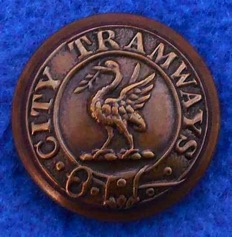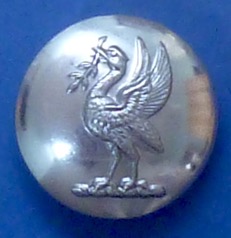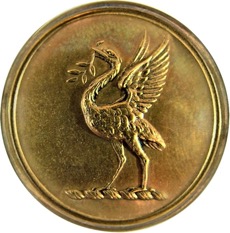Liverpool City Tramways
Owner Liverpool Corporation
Took over 1st January 1880 (Liverpool United Tramways and Omnibus Company Ltd) - lines within city boundary
Operator (lessee) Liverpool United Tramways and Omnibus Company Ltd (horse)
Took over (assets) 1st January 1897 (Liverpool United Tramways and Omnibus Company Ltd) - remaining lines and assets
Took over (lease) 1st January 1897 (lines owned by Bootle Corporation, and previously leased to the LUT&OCoLtd)
Operator (lessee) Liverpool United Tramways and Omnibus Company Ltd (effectively continuing to run the services, even though wholly owned by the Corporation)
Took over (operation) 31st August 1897
First electric route 16th November 1898
Took over 1902 (Garston and District Tramways Company) - all assets, including its newly built but unopened line
Last horse service 25th August 1903
Took over 1st October 1919 (Liverpool and Prescott Light Railway [electric])
Took over (operation) 1st April 1921 (St Helens Corporation) - 0.5 miles of track between Prescott and Brook Bridge
Took over (ownership) 4th August 1921 (St Helens Corporation) - 0.5 miles of track between Prescott and Brook Bridge
Name changed 10th November 1934 - to Liverpool Corporation Passenger Transport
Closed 14th September 1957
Length 97.38 miles
Gauge 4ft 8½ins
Button description (Pattern 1) Title (‘CITY TRAMWAYS’) within a garter, surrounding a Liver Bird
Materials known Brass; nickel
Button Line reference [113/41]
Button description (Pattern 2) A Liver Bird on a torse
Materials known Chrome
Button Line reference [None]
Button description (Pattern 3) A Liver Bird on a torse, within a raised rim
Materials known Brass; chrome (both 1-piece construction)
Button Line reference [None]
Comment The Pattern 2 and 3 buttons were almost certainly introduced as a consequence of the formation of 'Liverpool Corporation Passenger Transport Board' in November 1934. The Pattern 2 button was used on conductors' and motormen's tunics, the Pattern 3 button on inspectors' uniforms.


